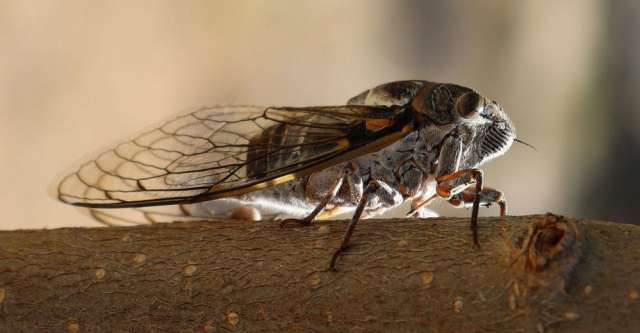This year is being called the year of the cicada. While cicadas do not hatch yearly, three sets of cicadas are hatching this year. While no one in the western mountains or west coast will experience these hatchings, Missouri will see its share of these insects. Illinois will be hardest hit when two species hatch simultaneously, overlapping the same area. Southern Missouri will see the hatchings near the end of May.
One brood of the red-eyed periodical insect emerges every 13 years. Another brood emerges every 17 years. This year, they are set to coincide across multiple states in the East and Midwest. The last time this happened was in 1803, when Thomas Jefferson was president. This will not happen again until 2245.
Lifecycle
Adult cidacas come from the ground and climb on something- tree, rock, barn. It molts. When the outer crust is hardened after about a week, they mate. The female cuts slits in branches into which she lays her eggs. She dies, as did her mate. Six weeks later, the nymphs crawl to the ground for a few years.
Purpose
While some consider cicadas destructive, they are not locusts, eating every plant in sight. Instead, cicadas are beneficial to the environment [1]. The tunnels that the nymphs dig aerate the soil so that plants can obtain nutrients more easily. Cicadas help plants even by dying by enriching the soil with nitrogen. Additionally, they are beneficial as a food source. Several kinds of predators eat cicadas, yet the cicada numbers, like the sand of the seashore, are so large that the predators can’t put a dent in them.
Notes:
- ^ {Periodical Cicadas{\ifmmode—\else\textemdash\fi}Synchronized Swarming} (go back
)

